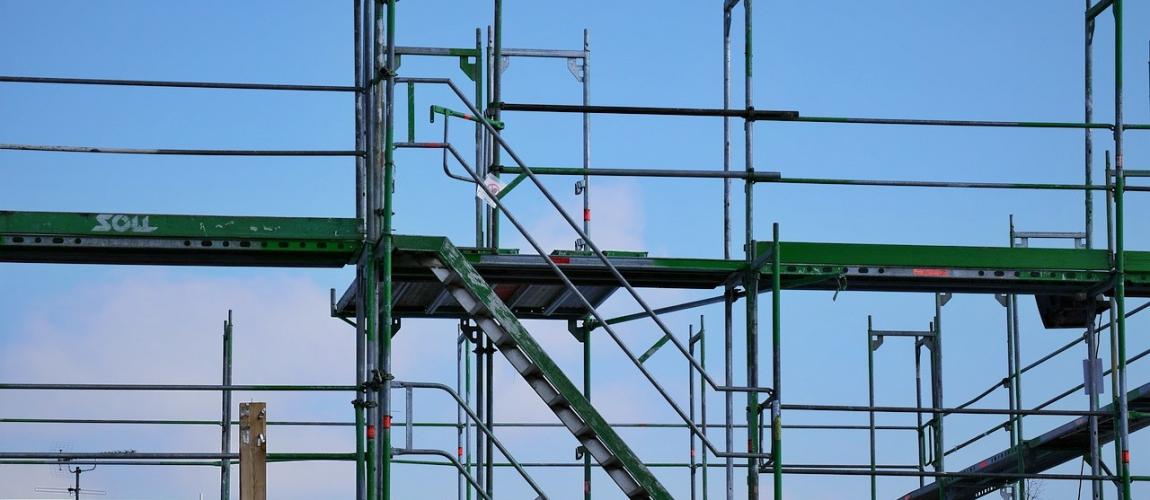Inadequate Maintenance

Photo Credit: Image by Pixabay
Infrastructure assets are often under-maintained, either because maintenance is poorly planned or because planned maintenance is deferred. Political consideration or pursuit of personal gain often biases infrastructure expenditure towards new assets over maintenance, as described in an IMF analysis of corruption in infrastructure (Tanzi and Davoodi 1998). Inadequate maintenance increases lifetime costs while also decreasing benefits. Regular maintenance is usually the lower-cost way to keep infrastructure assets at serviceable standards, compared to the alternative of allowing quality to degrade until major rehabilitation work is needed. The World Bank's Africa infrastructure diagnostic study (Foster and Briceño-Garmendia 2010a, 15) estimates that preventative maintenance for the roads sector in Africa could save $2.6 billion a year in capital expenditures rehabilitation. In South Africa, a review of road maintenance by the South African National Roads Agency (ZA 2004b, 36) indicates that delaying road maintenance for three years leads to increased costs of six times the original costs of preventative maintenance. If road maintenance is delayed for five years, costs rise to 18 times the preventive cost. The poor performance of under-maintained infrastructure can be costly for users. For example, a U.S. Engineers' Association report (ASCE 2009, 1–4) estimates that poor road conditions cost motorists $67 billion a year in repairs and increased operating costs, while leaking pipes lose an estimated seven billion gallons of clean drinking water a day. The Infrastructure Report Card website (ASCE-IRC) discusses several key criteria regarding infrastructure quality: level of maintenance, capacity, physical condition, funding, public safety, resilience, and innovation. It recommends that all projects greater than $5 million use life cycle cost analysis and develop a plan for funding the project, including its maintenance and operation, until the end of its service life. The Pacific Region Infrastructure Facility, after reviewing maintenance in their region, considered that a Build-Neglect-Rebuild approach was being used for infrastructure (PRIF 2013). PPPs can improve maintenance of infrastructure assets by improving incentives for both private contractors and governments to make quality maintenance a priority. PPPs bundle construction or rehabilitation and ongoing maintenance into a single contract. This incentivizes the private company to build the asset to a high quality upfront, reducing the need for maintenance (resulting in a lower whole of life cost of the asset), as described in a 2010 United Kingdom National Audit Office report on PPP performance (NAO 2010a, 8). The private party then faces a strong incentive to carry out adequate maintenance. In the case where its revenue depends on user fees, the operator has an incentive to make sure the asset meets performance requirements and attracts users. Under government-pays PPPs, the operator's revenue typically depends both on the availability of the asset over time, and the operator’s ability to meet specific levels of service quality. In this case, PPP contracting also forces governments to commit upfront to making adequate funding available to maintain an asset over time. This can help overcome the tendency to cut maintenance budgets down the line and thereby delay necessary maintenance and rehabilitation. PPP operators not only have the incentive to maintain assets, but also the means to do so. A life-cycle approach, combined with private finance, forces bidders to prepare financial models that include allocations for maintenance—whereas government agencies are dependent upon appropriation of budgetary funds. Some types of PPP or related contracts reward improved maintenance directly. For example, Frauendorfer and Liemberger (Frauendorfer and Liemberger 2010, 34–37) describe performance-based contracts for non-revenue water reduction. Infrastructure provides examples of performance-based maintenance contracts, which share many characteristics of PPP, and which have proved effective at improving maintenance in the road sector. Performance-based road contracts have proved successful in improving the quality of road maintenance—a pervasive problem in many countries. For example: Sources: (Hartwig et al. 2005); (Liautaud 2001) In some circumstances, the ability of PPPs to create incentives to improve maintenance will be limited. This may be the case: A 2008 OECD paper discusses maintenance in PPP projects and argues that effective transfer of risk and responsibility to the PPP operator will likely not happen in the absence of competitive procurement (OECD 2008a). These limitations can be mitigated through good contract design, as described further in Designing PPP Contracts.How PPPs can help—improved maintenance
PPP limitations—need for effective contract design and regulation
Find in pdf at PPP Reference Guide - PPP Basics or visit the PPP Online Reference Guide section to find out more.
Updated: June 23, 2022
Related Content
INTRODUCTION
Page Specific DisclaimerVisit the PPP Online Reference Guide section to find out more.
KeywordsPPP BASICS: WHAT AND WHY
Page Specific DisclaimerVisit the PPP Online Reference Guide section to find out more.
KeywordsFeatured Section LinksWhat is a PPP: Defining "Public-Private Partnership"
Infrastructure Challenges and How PPPs Can Help
How PPPs Are Financed
ESTABLISHING THE PPP FRAMEWORK
Page Specific DisclaimerVisit the PPP Online Reference Guide section to find out more.
KeywordsPPP CYCLE
Page Specific DisclaimerVisit the PPP Online Reference Guide section to find out more.
Keywords